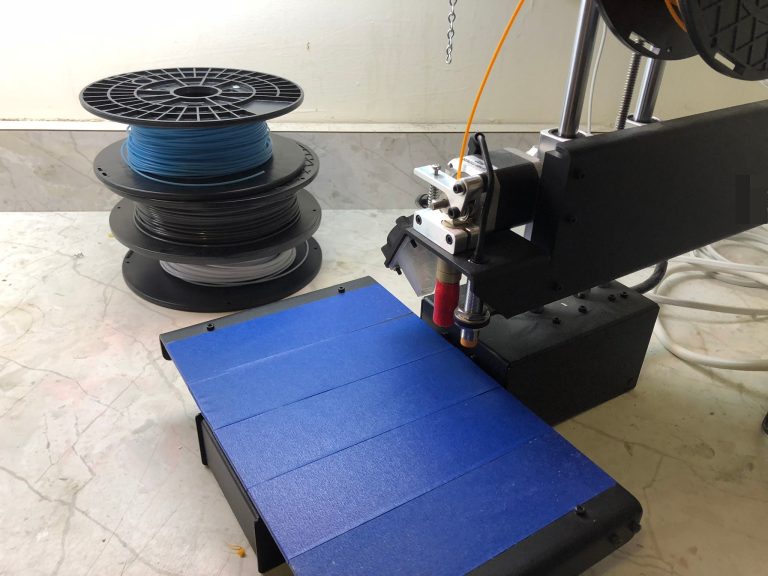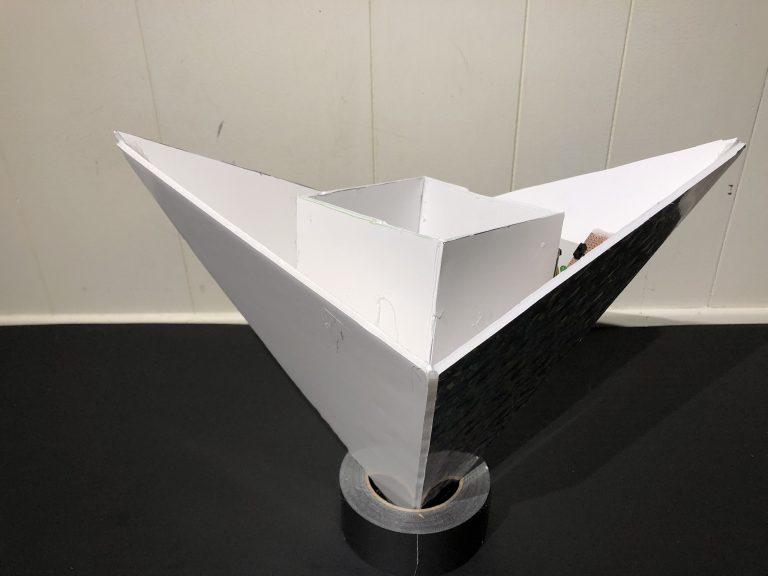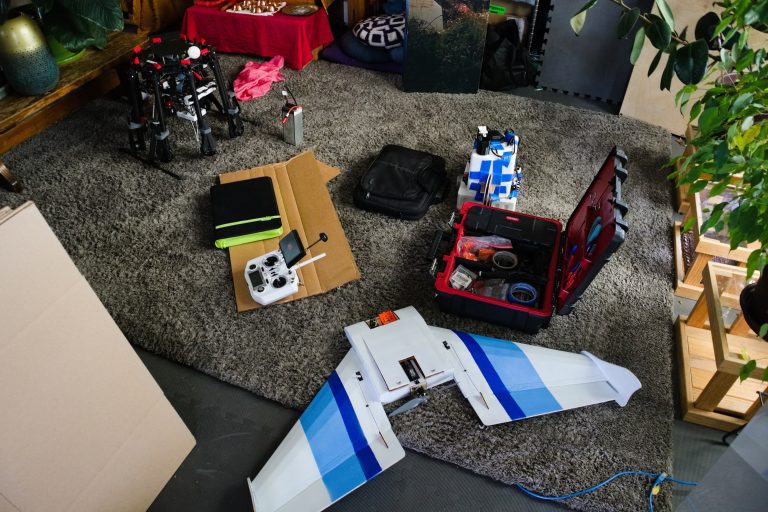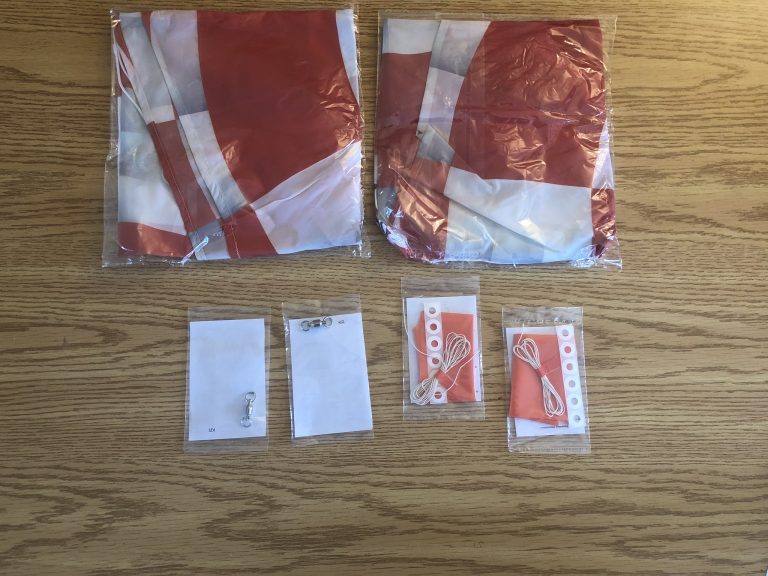Starting Again
The most recent test of the Parachute System Control Computer (PSCC), which is designed to automatically deploy the parachute during decent ended in failure. Not only did the PSCC display once again a concerning lack of reliability but, as it did not deploy the parachutes in time, it and the Parachute Test Payload (PTP) that housed it were destroyed.
This failure left us at a crossroads. We were faced with deciding whether we would simply rebuild the PSCC and PTP in their current configuration, or if we would develop a new and hopefully more successful version. While reviewing the data collected during and after the test, we came across flaws in both the PTP and PSCC that unless fixed, would eventually lead to another costly crash. With the list of fixes only growing as our investigation continued, it became clear that we would need to create a new and improved version of the PSCC and PTS. Having decided on our next course of action, we were then able to come up with a list of improvements that we planned to make.
- The delicate and expensive electronics of the PSCC will be stored in an impact resistant enclosure to reduce the damage they would sustain in the event of a crash.
- Adding additional sensors will to be considered to provide more data and thus a deeper insight into the events of a test.
- The GPS module used by the PSCC will be replaced by one capable of providing more accurate altitude readings. This change in particular is directly in response to the issue that caused the crash.
- The drop system will be redesigned so as to provide the PTP with much more stability during accent, as well as increasing it’s reliability during use. This is another change that has been designed to fix an issue that occurred during testing, namely the instability demonstrated during the previous test.
- Various optimizations to the PTPs design with the goal of improving it’s in flight performance as well as simplifying the building process
With these changes in mind we were able to then proceed with researching and purchasing the needed parts.







